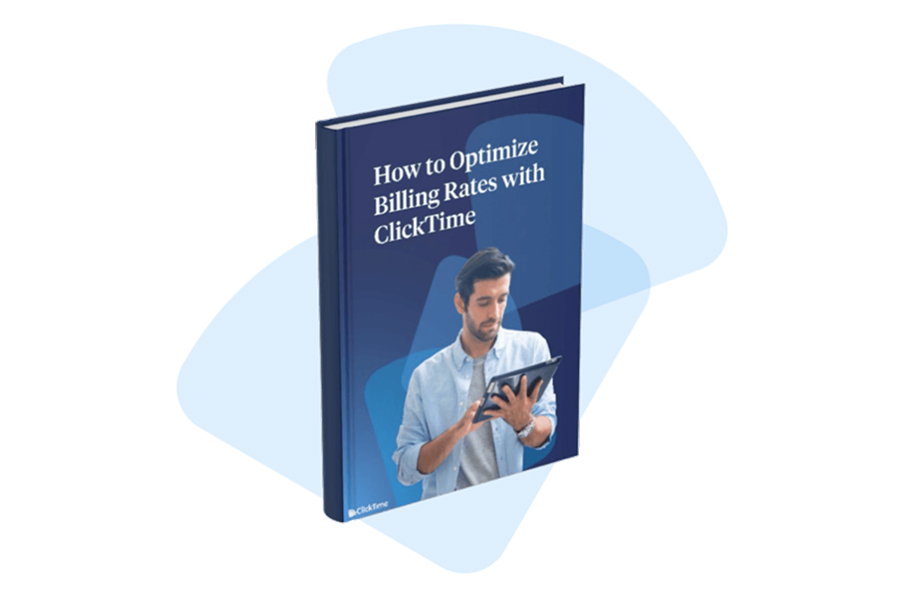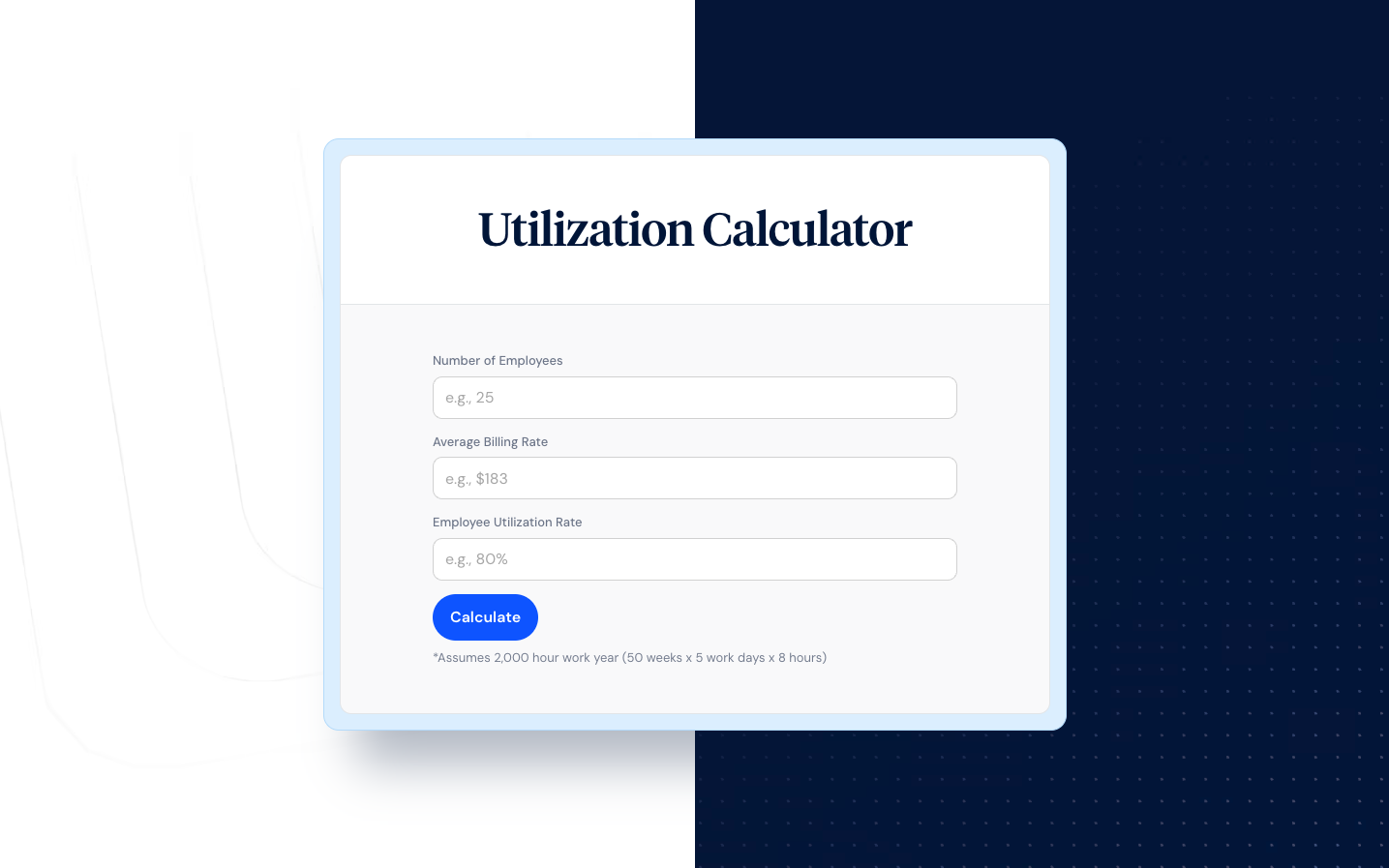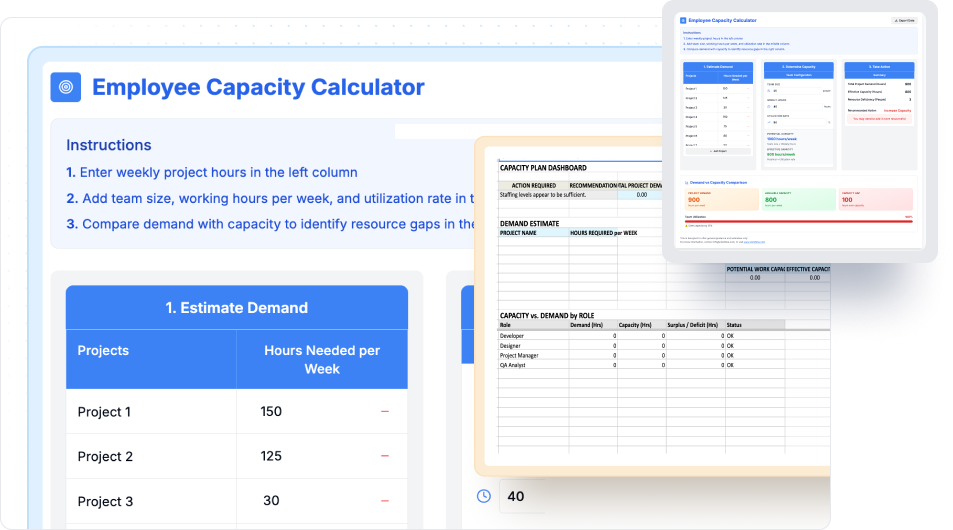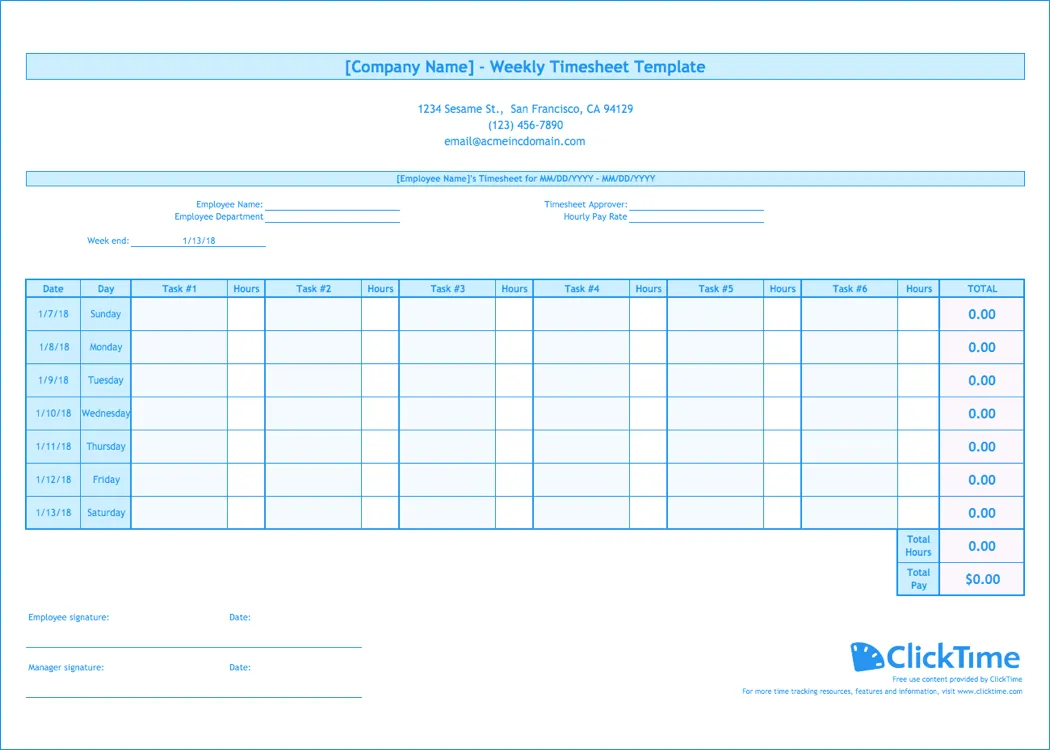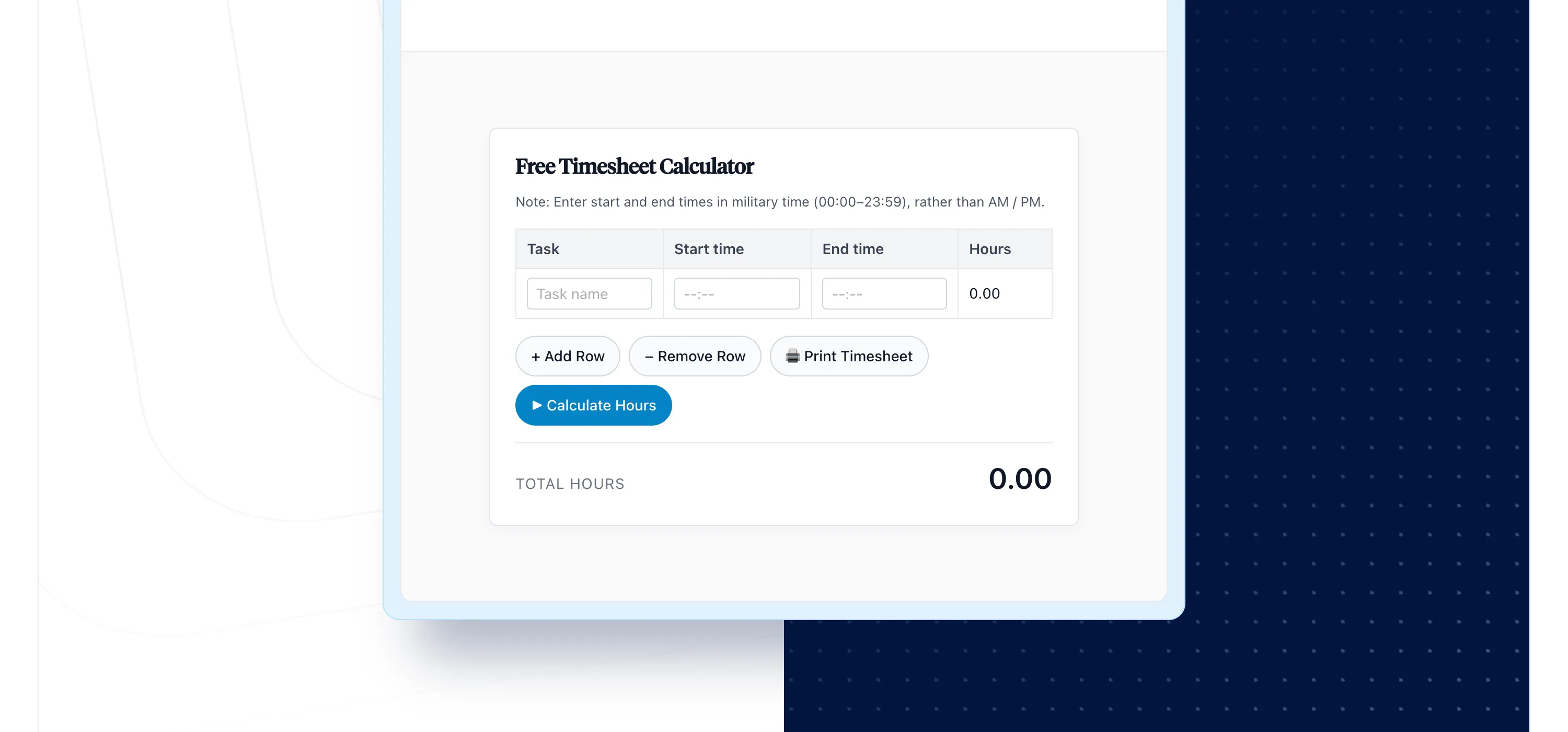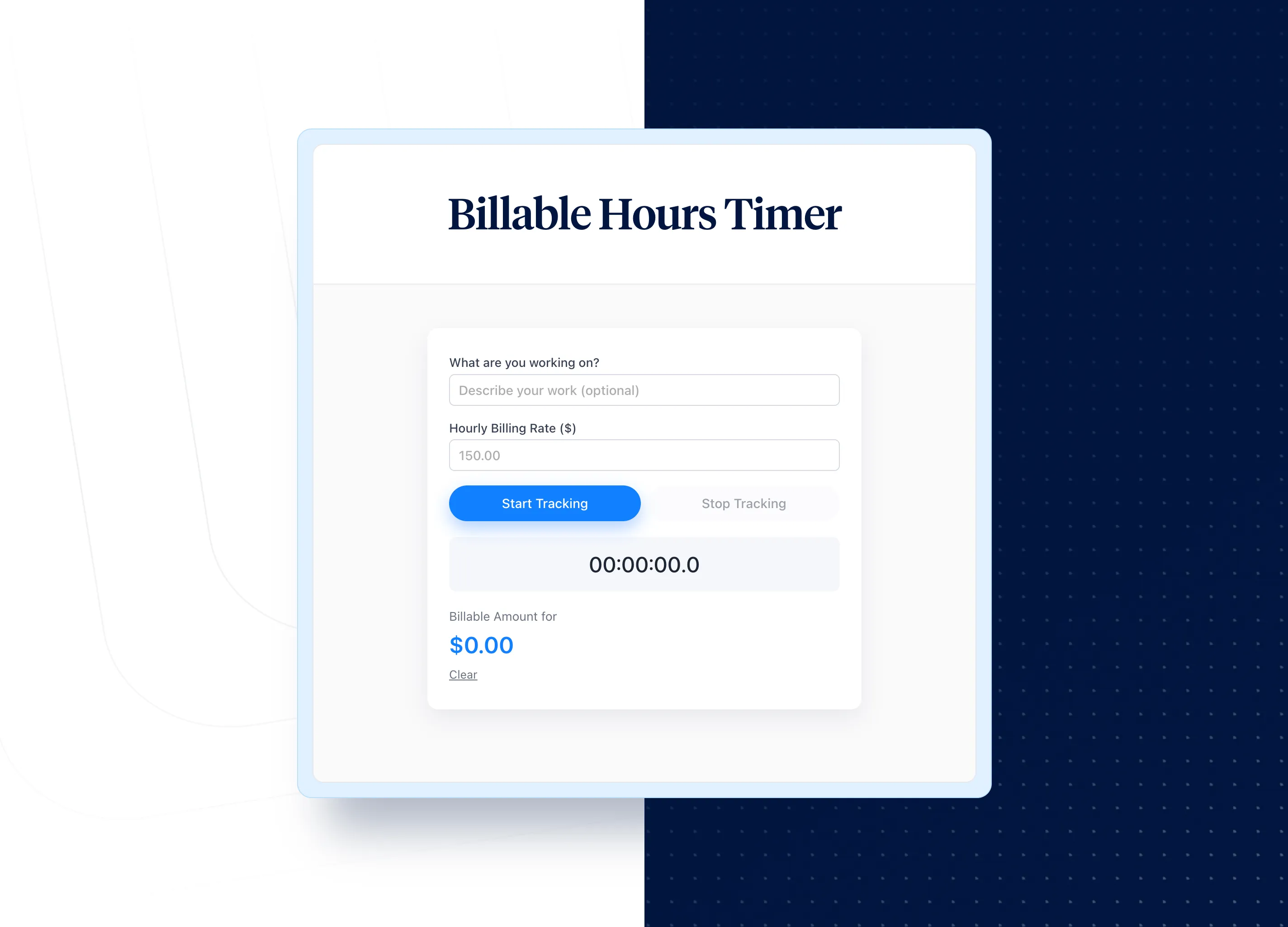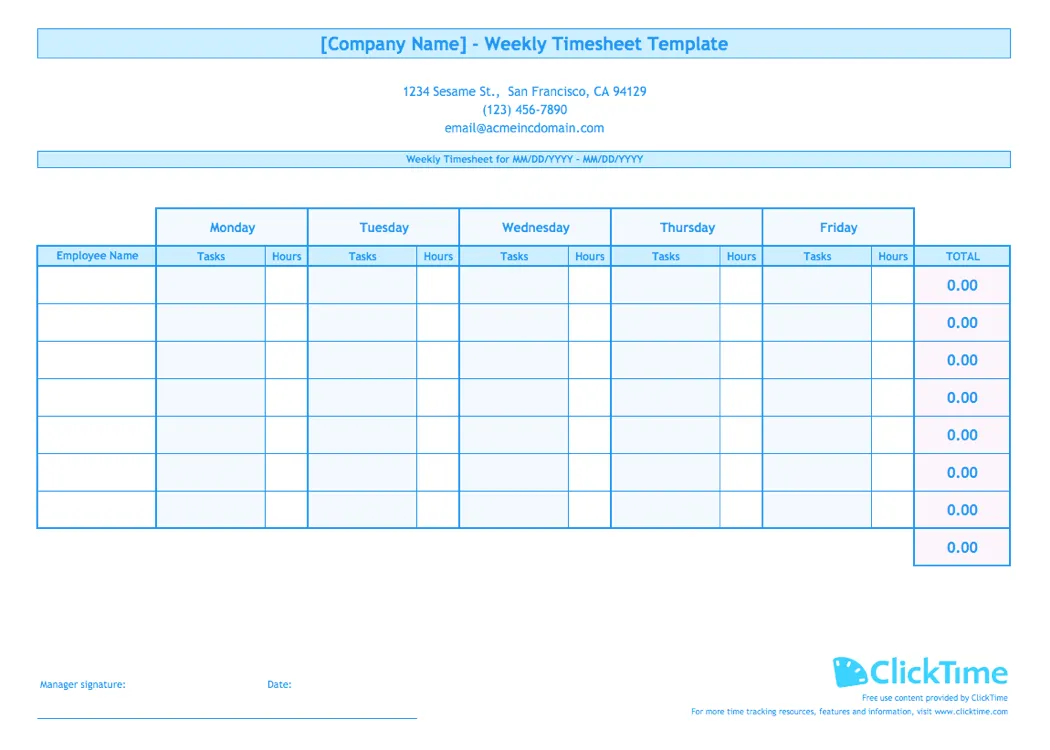
How to Simplify Grant Compliance for Your Employees
Lessen your administrative burden by learning the best ways to configure your system of internal controls. Download our eBook for tips on how to integrate your technology stack for audit-proof grant compliance.
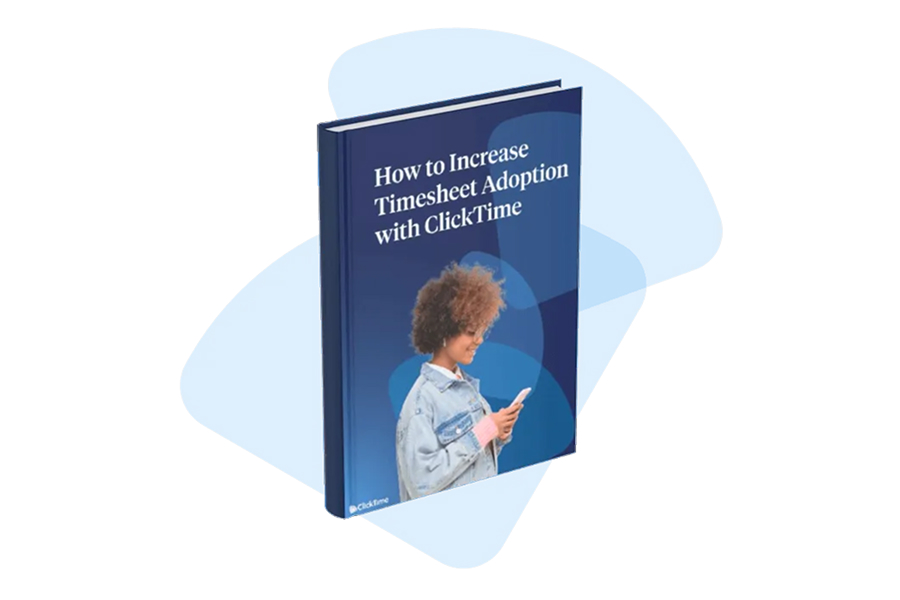
How to Increase Timesheet Adoption with ClickTime
Easy-to-use time tracking software is what is needed for companies struggling with tracking and managing time.

How CapEx and OpEx Allocations Transform Your Metrics
Learn how gathering the right data with CapEx and OpEx cost tracking can help you make smarter, more informed decisions about your business.
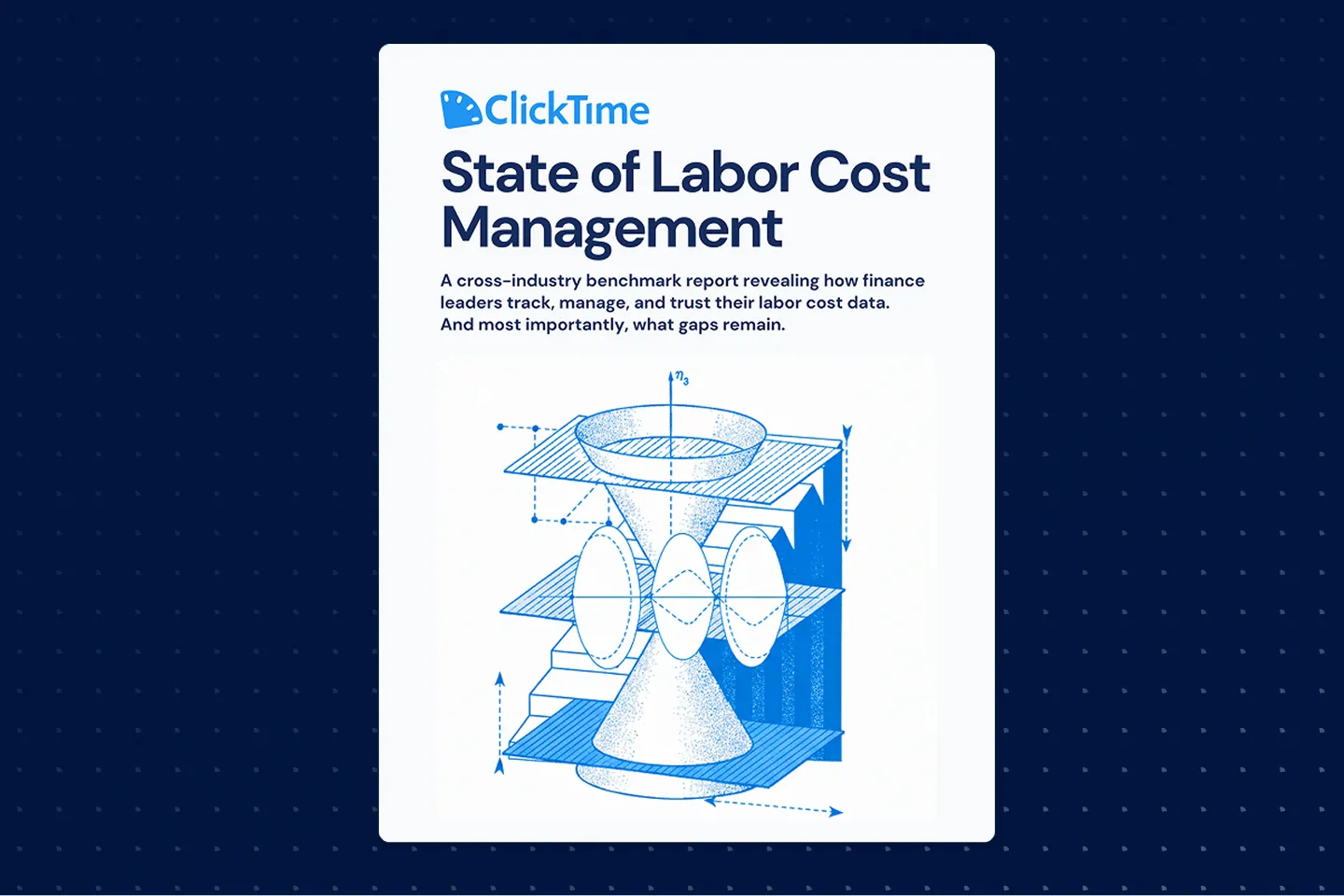
2025 State of Labor Cost Management Report
A cross-industry benchmark report revealing how finance leaders track, manage, and trust their labor cost data. And most importantly, what gaps remain.

How to Track Time eBook
This valuable guide will give you actionable tips for success at every stage of your time tracking journey.

Calculate the Cost of Overtime
How will the new federal overtime rules affect your business? Will your costs increase? Our overtime calculation spreadsheet will help you understand the impact of the new FSLA regulations
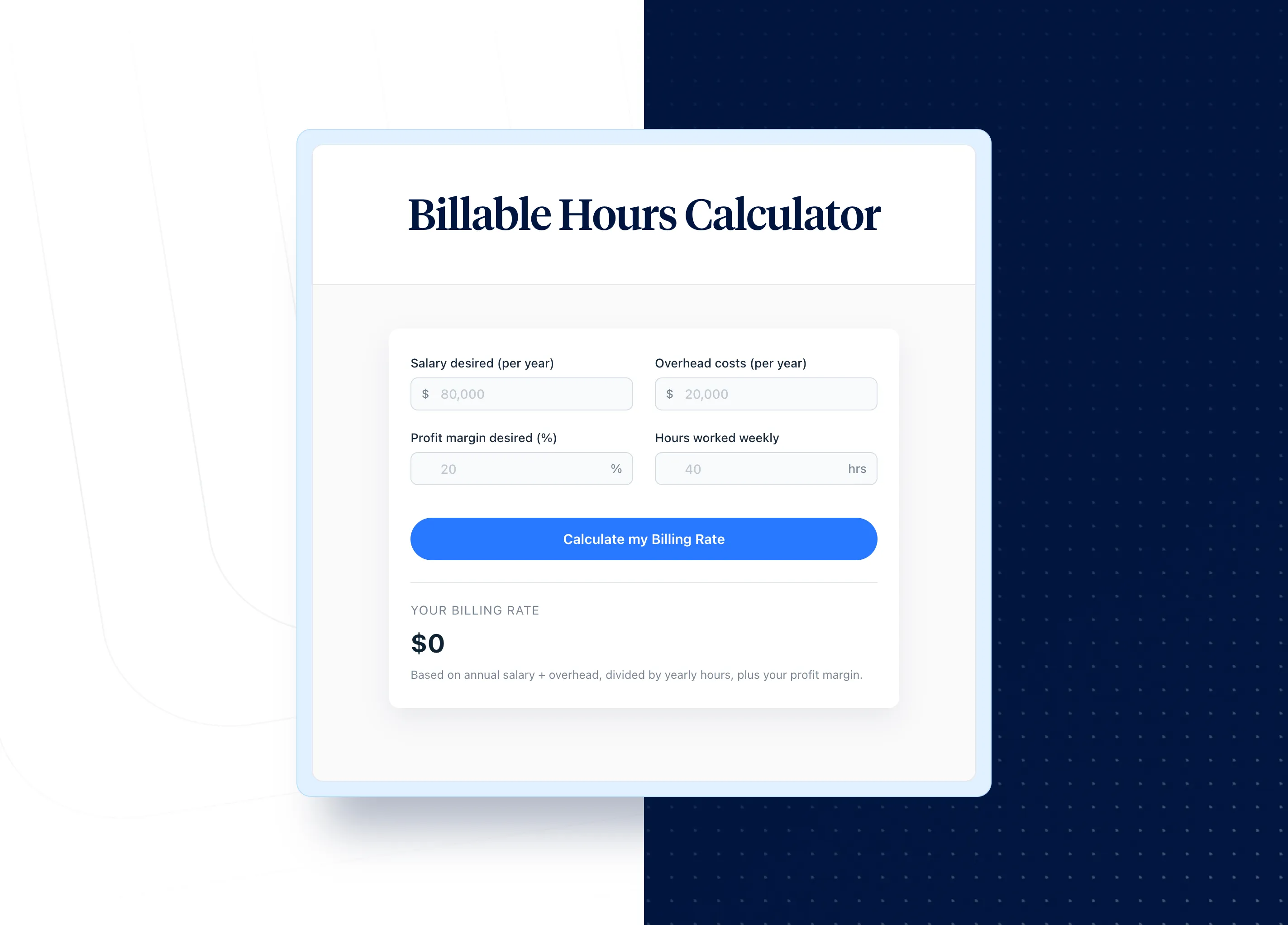
Billable Hours Calculator
See how much you should be billing your clients with our billable hours calculator
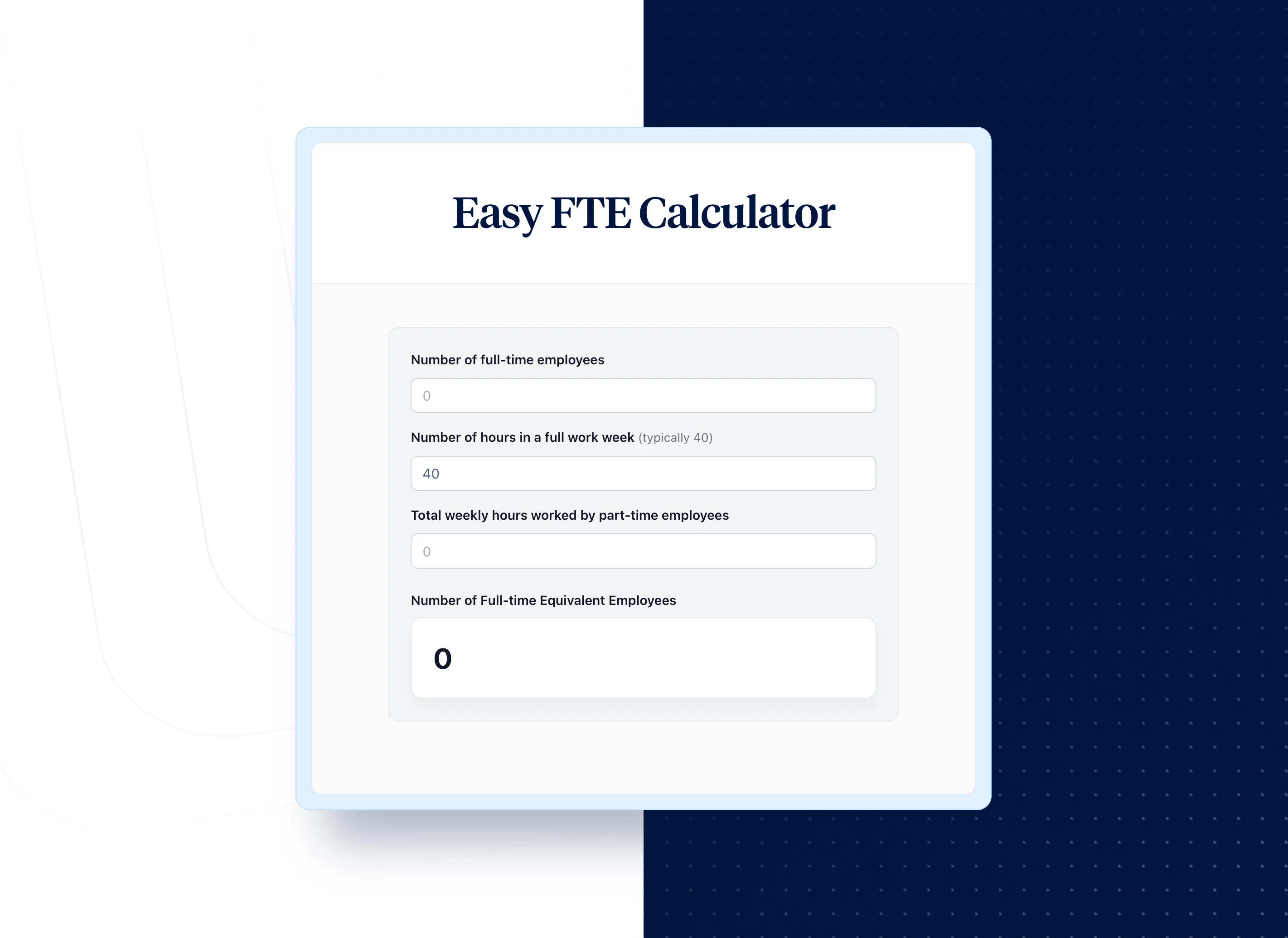
Easy FTE Calculator
See how many full-time equivalent employees are on your team, and easily calculate work hours and employee costs

Business Budget Template
Estimate project costs and plan business finances with our free Business Budget Template for Excel.
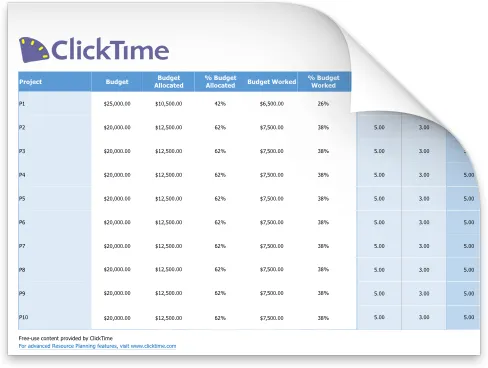
Free Resource Planning Template
Download our free, resource planning template to help you plan, track, and manage your staffing, understand employee capacity, and stay on budget.

